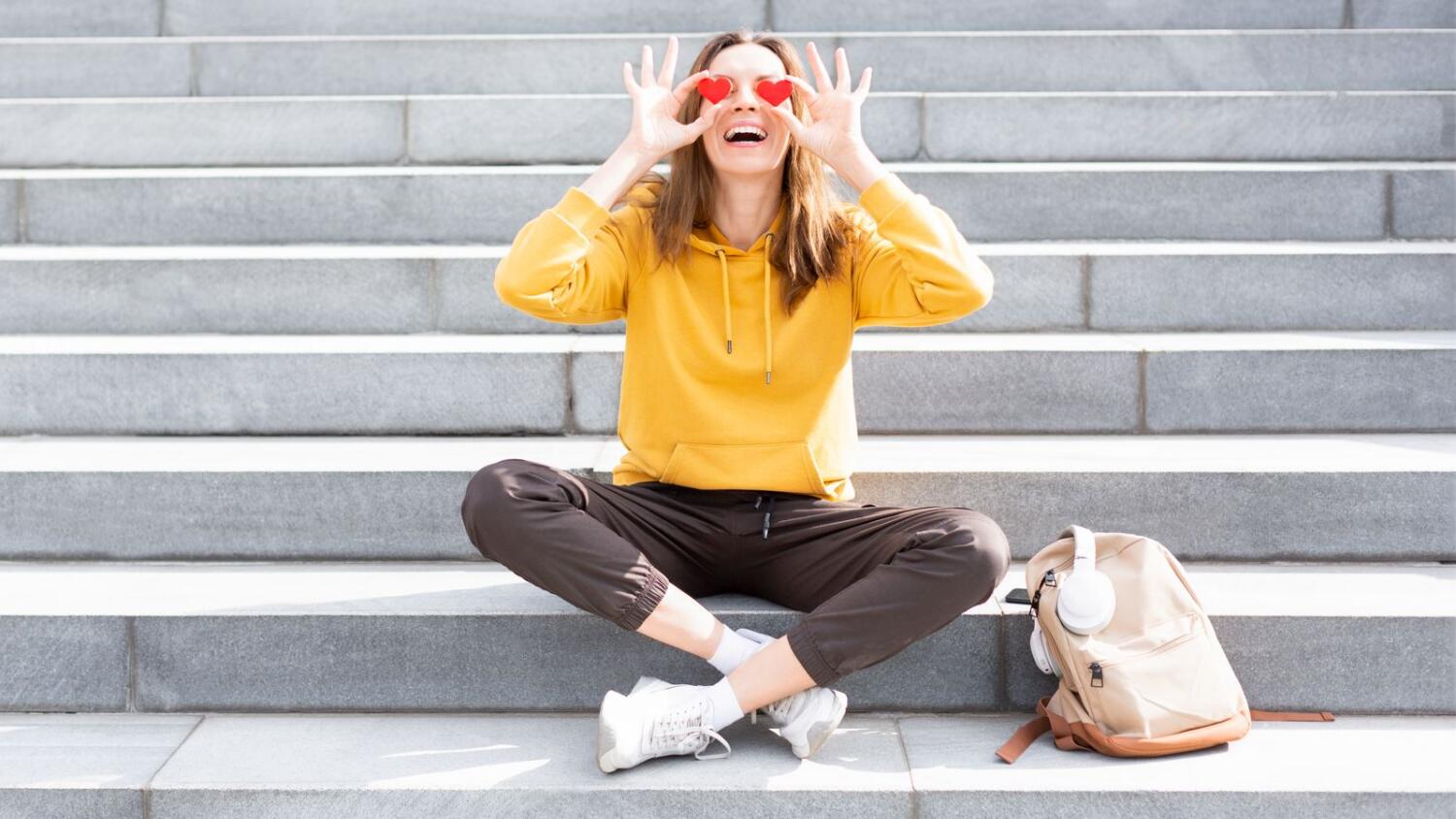Pecker is a key witness in the case against the former US president, who is accused of falsifying business records to cover up hush-money payment
Ramadan in UAE: Calligraphy offers baraka (sacred blessings) to the recipient
Pursuing the art forms connects the seeker and practitioner not just to the scripture, but also provides additional means of contemplation, memorisation of Quranic passages and oral recitation

Calligraphy is an important art form in the Islamic world. The Qur'an, written in elegant scripts, represents Allah's — or God's — divine word, which Prophet Muhammad (PBUH) received directly from Allah during his visions.
The art form has always been a significant part of the Islamic Arts, allowing its practitioners to train the soul to be patient with all the little details and draw every line in a way that fulfils the soul.
As the faithful embrace the spirit of Ramadan, we speak to UAE-based artists, who are dedicating the holy month to pursuing Arabic calligraphy.
At present, there are numerous artists from the Arab world and around the globe working to further elevate Islamic and Arabic art, based on centuries-long work devoted by historical artists, philanthropists and scholars.
Abda Fayyaz, a Pakistani artist, who has been actively practising calligraphy for the past ten years says, "I take pride in the fact that I am amongst these young artists, representing a fusion of modern and contemporary art and traditional techniques."

The first thing God created was the pen
It is noteworthy, for instance, that the Prophet Muhammad (PBUH) is related to have said: “The first thing God created was the pen.” Islamic calligraphy is the practice of handwriting and calligraphy, based on the alphabet in the lands sharing a common Islamic cultural heritage. It includes Arabic Calligraphy, Ottoman, and Persian calligraphy. Calligraphy has been explored in Sufism to state that each Arabic alphabet is related to a divine value. In a spiritual sense, calligraphy provided an additional means of contemplation. Sabah Anees, an Indian artist, with 24 years of experience as an artist, suggests that the art form dates back to the sixth century, and calligraphy is the most highly regarded and fundamental element of Islamic art. "Arabic Calligraphy has been recognised since Ottoman Empire. Arabic calligraphy would mean any calligraphy in the Arabic language. For Arab speaking countries, it can a poem. But for a non-Arab country, it is mostly verses from the Qur'an or prayers written on the canvas in artistic manners,” says Mahfuzur Rahman, a Bangladeshi artist Rahman, who has been pursuing arts since 2015.

Practising calligraphy is akin to offering prayers during Ramadan
Rahman has been practising calligraphy for almost five years. He says, “Ramadan is the most important month for any Muslim. It’s a month when our wishes get fulfilled such as forgiveness from our sins. I will attempt to create a minimum of 5-7 calligraphy pieces in the holy month."
Anees adds, "As a Muslim, practising Arabic calligraphy holds a special place in my heart. As I create a piece, it feels like I am offering prayers. At other times, it is like meditation, which soothes my soul.”
Fayyaz adds, “Ramadan is the holiest month and for many, cultivating mastery of Quranic calligraphic expressions is a method of Islamic spirituality that opens hidden dimensions of the universe. This spiritual art would connect the seeker and practitioner not just to scripture, but also provides additional means of contemplation, in addition to memorisation of Quranic passages and oral recitation.”

Why is it a popular art form?
As per Anees the dominant reason for the popularity of Arabic calligraphy is its symmetry, "Having a perfect balance of dots, edges, curves, and points, the Arabic lettering and script make up as perfect components." For writing, the calligrapher can choose between cross-cut bamboo sticks, a double pencil, an angled brush or a marker.
Quranic verses on the canvas
Anees adds how a few particular verses and Surahs from the Qur'an hold a powerful and strong place in her life, "I feel a strong connection with them and they provide me comfort while reciting. I would express them on a canvas." Rahman says his work focuses on the mention of the greatness of Allah and he is keen to take the beautiful verses from the Qur'an that speak of His greatness and kindness. He adds, "One needs to remember that if a Muslim reads just one word of the Qur'an, Allah gives him/her bounties ten times over. In Ramadan, it's 700 bounties for one word. So, it is a service we do to ourselves as practitioners of the art form." All of Fayyaz' works are based on the first alphabet of Arabic script ‘Alif’ and the sacred name ‘Allah’. “…and He (Allah) is with you wherever you are…” (Surah Hadeed, Al Quran (57):4). "The alphabet Alif and the word Allah are so infinite that I don’t think my lifelong work will be enough to construe them or even scrape the surface," she says.

Exploring the fonts
Anees' calligraphy style is freestyle. She informs how there are almost 500 fonts of Arabic calligraphy including A Thuluth font, one of the most fascinating and difficult fonts to perfect in terms of drawing and implementation. Others include Farsi, Kufi, Diwani, Ruq'a', Alnaskh, and more. Anees plans to create a minimum of ten artworks during this month, "Each would help me in work on my relationship with Allah." Most people specialise in a maximum of two-three styles. Rahman specialises in Kufic and Sunbuli Khaat (styles).
“The medium for me is mostly ink or watercolour on paper, acrylic or oil on canvas,” he adds.

Connection to the past and the future (WITH PIC)
At 5 metres high, the sculpture located on the lobby terrace of Address Beach Resort, The Sail, a work of Emirati artist Mattar Bin Lahej, includes calligraphy, incorporating quotes from HH. Sheikh Mohammed Bin Rashid Al Maktoum, Vice-President and Prime Minister of the UAE and Ruler of Dubai. “The future will be for those who can imagine, design, and implement it, the future does not wait for the future, but it can be designed and built today.”
Calligraphy as 3D, 4D sculptures
The Kalimat Art Gallery is exploring another side of the calligraphy world, a world where Arabic calligraphy is born into 3D, 4D sculptures and wall sculptures. Visitors can witness Arabic calligraphy in this exciting exhibition featuring a combination of artists, who have collaborated to create unique art pieces, each inspired by a different story.
Until April 30, Gallery 2, Foundry, Downtown Dubai Boulevard
What is calligraffiti?
Islamic and or Arabic calligraphy developed from two major styles: Kufic and Naskh. There are several variations of each, as well as regionally specific styles. Arabic or Persian calligraphy has also been incorporated into modern art, beginning with the post-colonial period in the Middle East, as well as the more recent style of calligraffiti i.e. an art form that combines calligraphy, typography, and graffiti.
The field of Islamic art includes a range of visual arts produced from the seventh century onward by both Muslims and non-Muslims, who lived within territories that were inhabited by or ruled by culturally Islamic populations. It is not limited to religious art but rather expands to a range of fields including architecture, calligraphy, painting, glass, ceramics, textiles, et al.
purva@khaleejtimes.com
More news from
The oil and gas conglomerate and Fifa, the world governing body, sign major sponsorship agreement
Toomaj Salehi risks being hanged after the conviction on the Shariah charge of "corruption on Earth" by a Revolutionary Court
Aid groups warn any invasion would add to already-catastrophic conditions for Gaza's 2.4 million people
The American they will face Australia and Serbia on July 15 and July 17 as part of their preparation for the Paris Olympic Games
The leaders emphasise that the deal to release the hostages would bring an immediate and prolonged ceasefire in Gaza
Dubai-based Sumit Augustine has had a philosophical approach towards spending
The regional upswing also defies oil production cutbacks











